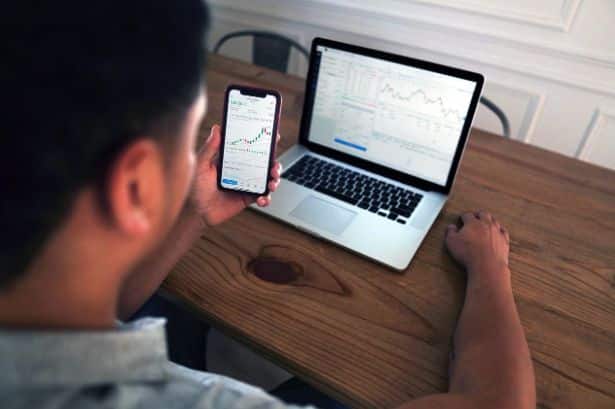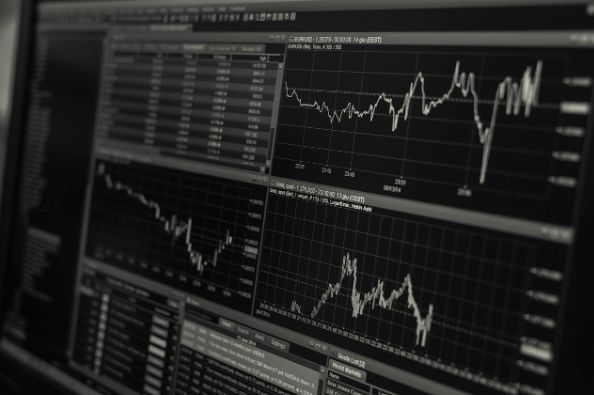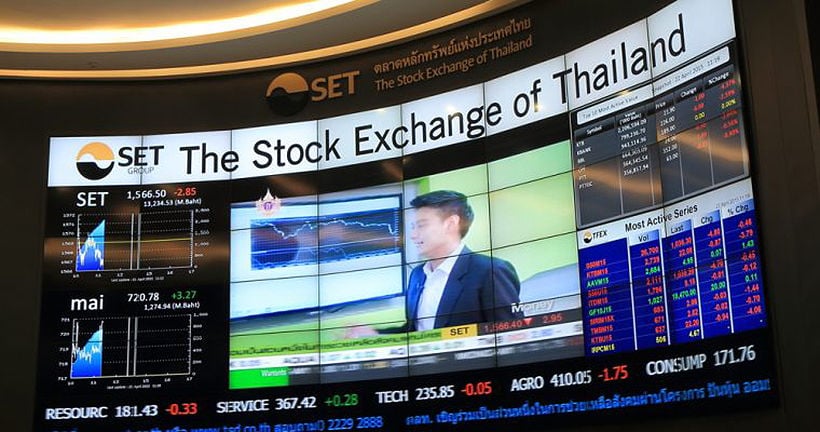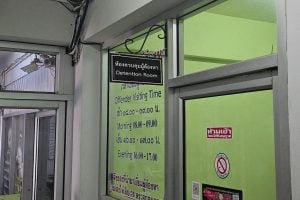Find the best time to enter a forex trade by following when the market is most active

In Thailand, traders often discover that timing can be just as important as strategy. Even a strong setup can fail if entered at the wrong time, while a modest setup can succeed when the market is in full swing. Knowing when the market is most active can help Thai traders enter positions with higher potential for movement and better liquidity.
For those new to the subject, understanding the basics of forex trading is the first step. Once the fundamentals are in place, focusing on when global trading sessions overlap and when currency pairs are most active can make a measurable difference to results.
How Market Activity Shapes Trading Opportunities
The forex market operates 24 hours a day from Monday to Friday, but it is not equally active throughout that period. Activity levels change depending on which global financial centres are open. When major markets overlap, trading volume increases, spreads often tighten, and price movements tend to be stronger.
For Thai traders, identifying these high-activity windows can help in capturing significant moves with lower transaction costs. This is especially important for short-term strategies such as scalping and intraday trading, where every pip counts.

The Four Main Trading Sessions
The global forex market is divided into four primary sessions based on the financial centres that dominate trading during those hours:
- Sydney Session: Opens the trading week but usually has lower volatility.
- Tokyo Session: Active for Asian currency pairs and sets the tone for early trading in Thailand’s morning hours.
- London Session: Known for high liquidity and strong market moves.
- New York Session: Brings significant volatility, especially when overlapping with London.
Each session has its own character, and understanding these differences is crucial for traders in Thailand.
Overlap Periods and Why They Matter
The most active times in the forex market occur when two sessions overlap. For Thai traders, there are two key overlaps to watch:
- Tokyo–London Overlap: This occurs briefly as the Asian session winds down and the European session begins. Liquidity increases, and Asian currencies such as the Japanese yen often see strong moves.
- London–New York Overlap: This is the busiest time of the day globally, with two major markets open at the same time. Many of the largest moves in major currency pairs happen during this window.
By trading during these overlaps, Thai traders can access better price action and more opportunities.

Currency Pairs and Time of Day
The time of day also influences which currency pairs are most active. For example, in the morning hours in Thailand, pairs involving the Japanese yen, Australian dollar, and New Zealand dollar tend to have more movement. Later in the day, as Europe opens, the euro and British pound pairs become more active.
Understanding this rhythm allows Thai traders to align their preferred currency pairs with the sessions when those pairs have the most liquidity and volatility.

Adapting to the Thai Time Zone
Thailand’s time zone is GMT+7, which places it in a convenient position for trading the Asian session in real time. This makes it easier for traders to participate in the Tokyo session and catch early movements without having to stay up overnight.
However, those wanting to trade the London or New York sessions will need to adjust their schedules. The London session opens in the late afternoon in Thailand, while the New York session begins at night. This means traders may need to decide between day trading during local business hours or staying up later to catch the most volatile global overlaps.
Matching Strategy to Session
Not every trading strategy works equally well in all sessions. For example:
- The Asian session often suits range trading strategies due to its generally slower pace, except during major news releases.
- The London session is ideal for breakout strategies, as volatility tends to increase sharply.
- The London–New York overlap works well for momentum strategies, with strong trends often developing.
Thai traders can maximise results by matching their strategies to the market conditions that occur during specific sessions.
Practical Tips for Timing Entries
Timing is not only about knowing when the market is active but also about being prepared for the moment when opportunity appears. Thai traders can improve timing by:
- Monitoring the economic calendar for high-impact news during active sessions.
- Watching price action closely in the minutes leading up to session openings.
- Using limit orders to secure desired entry points without chasing the market.
Preparation ensures that when the market does present a high-quality opportunity, the trader is ready to act.

Balancing Lifestyle and Trading Hours
While chasing the most active times can be profitable, it is also important for Thai traders to maintain a sustainable routine. Trading late at night for the London–New York overlap might be effective occasionally, but can be challenging to maintain daily.
Some traders choose to focus on the Asian and early London hours to balance personal well-being with market activity. This approach still offers substantial trading opportunities while keeping trading hours more manageable.
Final Thoughts
For traders in Thailand, finding the best time to enter a forex trade means more than simply picking a price level. It involves understanding global trading sessions, knowing when overlaps occur, and matching strategy to the market’s rhythm.
By aligning trading activity with the times when the market is most active, Thai traders can improve execution, access better liquidity, and increase the likelihood of catching meaningful price moves. Combining this timing awareness with solid risk management and preparation can turn good setups into consistently profitable trades.
Latest Thailand News
Follow The Thaiger on Google News:


























